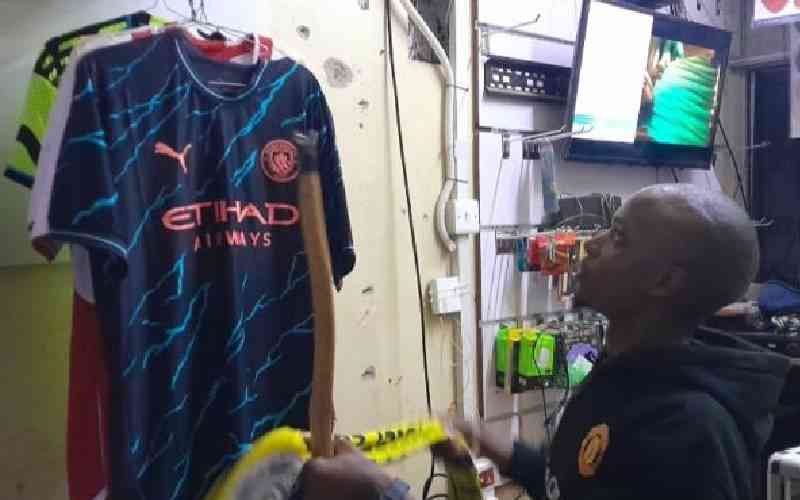Kenya’s Lake Turkana Wind Power project aims to start supplying electricity as early as September 2016, once a transmission line is built linking the remote northern region to the national grid, a director of the project has said.
The 310 megawatt (MW) project, originally aimed for start-up in 2011, has been delayed in part because it was awaiting a 428-km high-voltage line linking the area. The transmission line was approved in August 2014 and will take about two years to build.
A director of Lake Turkana Wind Power, Carlo Van Wageningen, told Reuters that production could start in September 2016 with up to 90 MW of capacity, “provided the transmission line is ready”.
The full 310 MW capacity, to be delivered by 365 wind turbines, would be in place by June or July 2017, he said, rivalling other big African wind schemes in Morocco and Egypt.
hydro power
Kenya, which relies heavily on renewables such as geothermal and hydro-power, aims to expand installed capacity to about 6,700 MW by 2017, up from 1,700 MW in 2013.
Kenyan businesses regularly complain that power cuts and unreliable supplies make them uncompetitive and hurt growth.
The project in the Lake Turkana area, lying in a corridor of land that receives steady winds throughout the year, is spread over 40,000 acres (162 sq km). But the company could build on a further 110,000 acres.
“If we used the same technology, we could have 1,000 MW,” said Van Wageningen. “This corridor is constantly affected by winds. It is very predictable.” As a result, the load factor, a calculation of the average level at which installed capacity is used, will be about 62 per cent, much higher than many European wind farms where load factors are usually around the 25 to 30 per cent mark. This means it can sell power to the Kenya Power Company more cheaply than many other nations.
The project has a 20-year deal to sell electricity at 7.52 euro cents per kilowatt/hour (kWh), while rates in Europe can be 11 to 14 euro cents per kWh, said Van Wageningen. “That is why they need a subsidy,” he added.
“The problem here is logistics,” he said, adding a 204-km road to the barren region was being upgraded, partly financed by the Dutch government.
According to the firm, challenges in transporting turbines 1,200 km from Mombasa port to the Lake Turkana region meant those to be used in the project were smaller than some now built in Europe.
 The Standard Group Plc is a multi-media organization with investments in media
platforms spanning newspaper print operations, television, radio broadcasting,
digital and online services. The Standard Group is recognized as a leading
multi-media house in Kenya with a key influence in matters of national and
international interest.
The Standard Group Plc is a multi-media organization with investments in media
platforms spanning newspaper print operations, television, radio broadcasting,
digital and online services. The Standard Group is recognized as a leading
multi-media house in Kenya with a key influence in matters of national and
international interest.
 The Standard Group Plc is a multi-media organization with investments in media
platforms spanning newspaper print operations, television, radio broadcasting,
digital and online services. The Standard Group is recognized as a leading
multi-media house in Kenya with a key influence in matters of national and
international interest.
The Standard Group Plc is a multi-media organization with investments in media
platforms spanning newspaper print operations, television, radio broadcasting,
digital and online services. The Standard Group is recognized as a leading
multi-media house in Kenya with a key influence in matters of national and
international interest.









